Birds face threats from many sources including climate change, habitat loss and poisoning from chemical contamination of their food and water. <<<<<<< HEAD There are several things that any individual can do to help the birds in their community. Educating oneself and others about the risks to birds as well as speaking out for the birds are two ways to help, but creating a bird friendly habitat in one's own yard or neighborhood can be fun and rewarding to both people and birds.
======= Discover what you can do to take action. >>>>>>> 51db07d7bf6d24051813dc67a227faf48d894ec9Audubon Florida's EagleWatch Program is a statewide network of community science volunteers who monitor Bald Eagle nests from October to May. EagleWatch provides valuable information on nesting activity and the current trends of the Bald Eagle population in Florida. This information is used by both the Florida Fish and Wildlife Conservation Commission and the U.S. Fish and Wildlife Service to enhance their conservation and law enforcement efforts.
<<<<<<< HEAD ======= >>>>>>> 51db07d7bf6d24051813dc67a227faf48d894ec9What We Do
Who We Are
Grants
Action Agenda
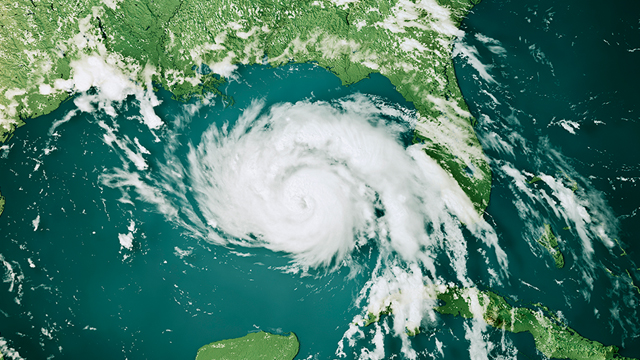
We're glad to see that government leaders & environmental organizations have begun several initiatives towards the effects of climate change and sea level rise."
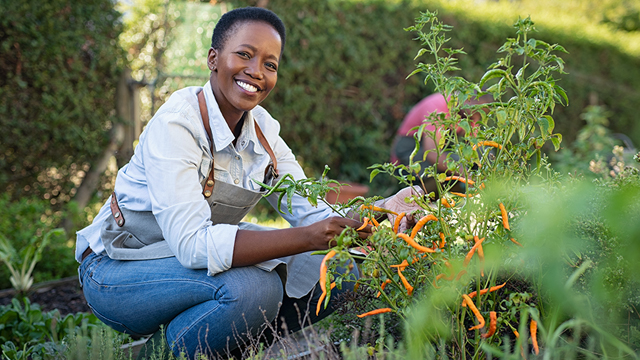
This month we are featuring newly-elected member of the Duval Soil and Water Conservation District Ashantae Green, who began on January 1, 2021.
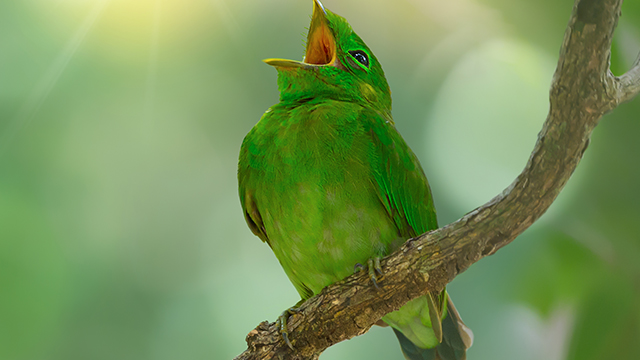
Birds face threats from many sources including climate change, habitat loss and chemical contamination of food and water. There are things you can do to help.
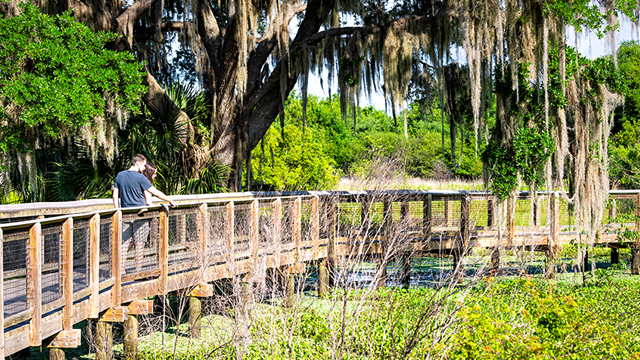
Nestled in suburban Orange Park in Northeast Florida are 510 acres of swamp and hammocks called Crosby Sanctuary. Owned by Duval Audubon Society, this limited access nature preserve is home to a full biodiversity of native plants, mammals, birds, reptiles, amphibians and invertebrates.
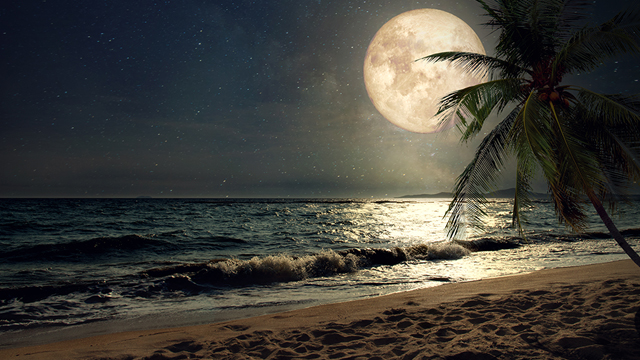
It is widely known that many of our feathered friends fly south for the winter and north for the summer. But did you know that 3.5 billion birds make this twice-per-year journey, and that Northeast Florida is the second-largest migration path for birds on the Atlantic Flyway?
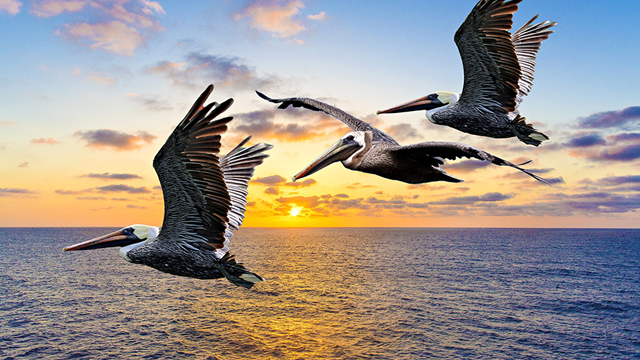
With the accelerated growth of human development within the last century, threats to the survival of birds and other wildlife have increased significantly. According to a study published in the journal Science, North America has nearly 3 billion fewer birds today compared to 1970.
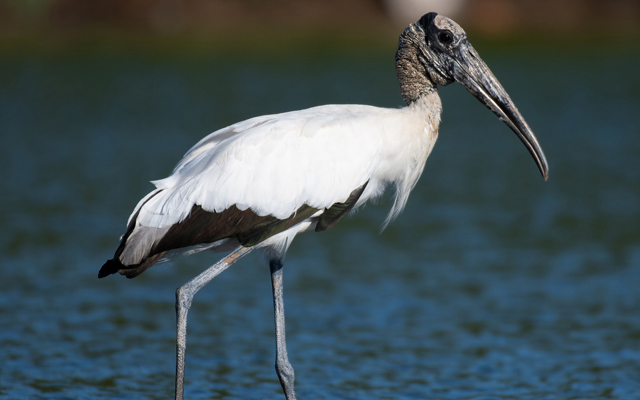
Huge, long-legged, black-and-white waterbird, about the size of Great Blue Heron. White body with black flight feathers. Adults have a wrinkly bald head and fairly dark bill; juveniles have paler bill and more messy feathering on head and neck. Bill is thicker and more curved than herons. Forages mainly for fish by moving open bill through water until it feels prey. Found in wetlands, particularly flooded swamps and shallow ponds. Often soars, sometimes with vultures. In Middle and South America, compare with Jabiru, which is even larger than Wood Stork and has entirely white wings.
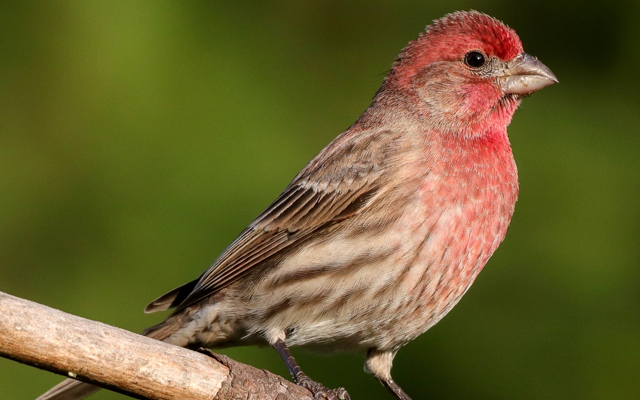
Frequents suburban settings across North America, along with open woods, brushy field edges, and deserts. Males vary in shades and intensity of red. Some males are yellow or orange. Females are drab gray-brown overall with plain faces and blurry streaks on underparts. Similar to Purple and Cassin's Finch, but House Finch males are more orangey-red with color equally bright on crown, throat, and breast. Red color is mostly restricted to head and upper chest, contrasting with cold gray-brown nape, back, and wings. Pale sides show distinct brown streaks, lacking red tones. Females lack bold face pattern and have more diffuse patterning overall. Often sings loudly in neighborhoods and visits feeders.
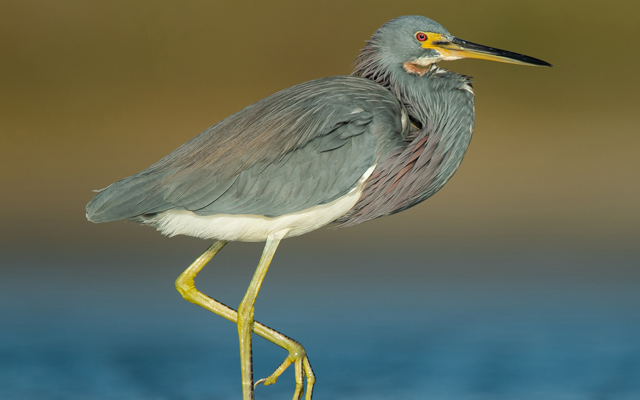
Slender, medium-sized heron. Slaty-blue overall with a white belly and white underwings. Extremely long bill. In breeding plumage, look for buffy plumes on the lower back and orange tones on the throat and foreneck. Juveniles are stained rusty on the neck and shoulders. Fairly common but with restricted range in the southeastern U.S., mainly along the coast. More widespread in Central America and northern South America. Occurs in shallow wetlands, marshes, and mudflats. Often forages actively, darting around erratically and chasing after fish.
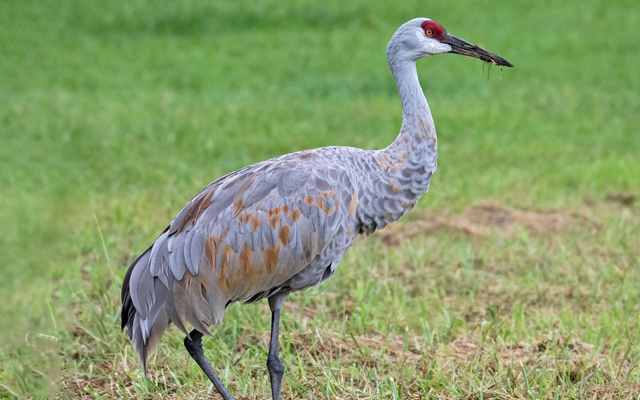
Large, long-legged bird shaped much like a heron. Gray body, sometimes with intense rusty staining. Adults have red crown. Often in large flocks at migration and wintering concentration points. Favors marshes and agricultural fields where they eat primarily grains. In flight, neck is outstretched, unlike herons with tucked necks. Snappy wingbeats. Listen for far-carrying bugling call.
Become a Member
Donate
Volunteer
Adopt a Bird
The Duval Audubon Society is a chapter of the National Audubon Society in Northeast Florida. With over 1,350 members and supporters from Clay, Duval, and Nassau Counties, we host monthly informational meetings, host special events, and offer volunteer opportunities.